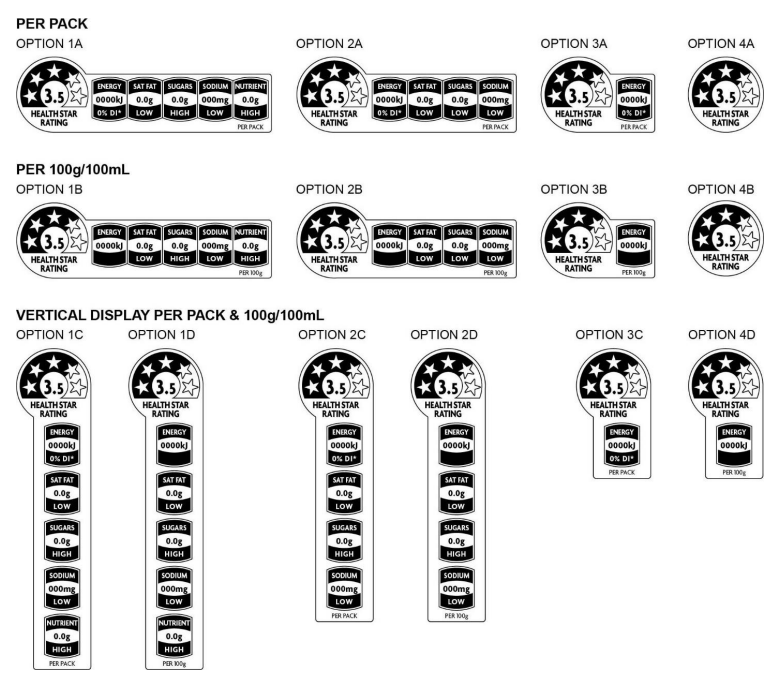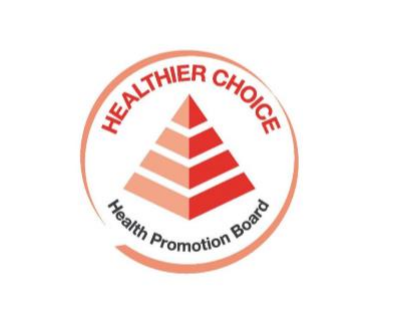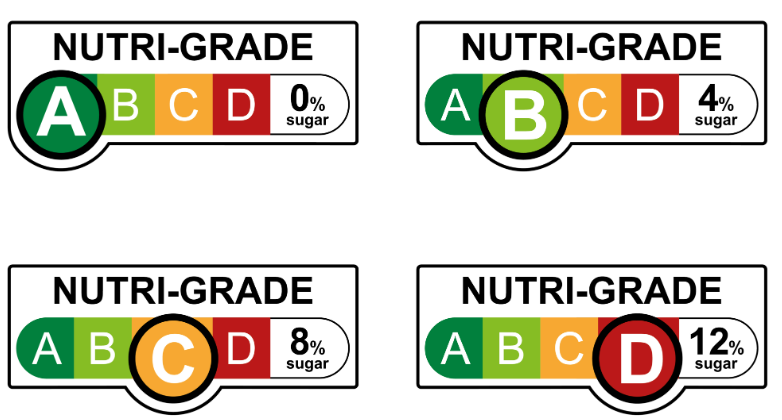

Countries that have issued or plan to formulate relevant requirements on the front label of food packaging have different requirements on how to carry out the label, labeling and labeling nature, ranging from mandatory to voluntary. Foodmate has introduced the relevant provisions of CAC, EU, United Kingdom, United States and Canada in the previous article. Today, we will introduce the requirements of China, Australia and New Zealand, Japan, Korea and Singapore on the front label of food packaging.
China
In 2021, China issued the National Food Safety Standard-General Standard for the labeling of prepackaged foods (Exposure Draft). Part 5.5 of the draft proposed to allow the use of simple methods to explain the nutrition information on the front of the package. At present, the newly revised standard has not been officially released and implemented.

Australia and New Zealand
To help people quickly and easily make more intelligent and healthy choices when comparing similar types of prepackaged food, on June 27, 2014, the Food Regulatory Ministerial Forum of Australia and New Zealand approved the voluntary FOP labeling plan, namely the Health Star Rating (HSR) system, which is not applicable to infant formula food, infant food, supplementary food for children, sports food and food for special medical purposes; Alcoholic beverages with alcohol content greater than 1.2%; Alcohol kits; Slip; Fresh non prepackaged food, non nutritive condiments (vinegar, spices), non nutritive food (tea, coffee).
The health star rating should be marked on the front of the packaged food. There are two ways to display it. The first one (circles only) only displays star rating of the product; The second way indicates star rating and additional nutrition specific information.
See the picture below for available HSR system graphics.

Japan
There is no FOP related content in Japanese regulations or guidelines, but only the regulations on labels stipulate that the net content, solid content and total net content can be marked on the principle display panel together with the name. In addition, the relevant websites of the Ministry of Health, Labor and Agriculture of Japan and the Ministry of Agriculture, Forestry and Fisheries mentioned the topics related to FOP in the codex discussion meeting in recent years.
Korea
Korean food labeling regulations stipulates that the principle display panel shall be marked with the product name, net content and the corresponding caloric value (but the caloric value shall be indicated in parentheses after the net content, only for the food with nutrition label). When nutrition labels are marked on the principle display panel, the information display panel can be exempted from marking.
On September 12, 2018, Korean media reported that in the policy forum themed "Social efforts in obesity prevention countries and the necessity of introducing national policies", the Korean Obesity Society elaborated on the necessity of national policy provisions. The report mentioned the "positive warning system for hazardous substances (FOP)" implemented in Chile, but South Korea still has no such system.
Singapore
In Singapore, the Healthier Choice Symbol (HCS) is used as the front label of the package to help consumers identify healthier food and ingredients. Singapore has formulated relevant guidance documents, which specify the food categories and standard requirements that meet the HSC requirements. Compared with conventional products in the same food category, products labeled HCS contain higher fat, saturated fat, sodium, sugar or dietary fiber, calcium and whole grains. This mark is voluntary. For products that meet the relevant requirements, an application can be submitted through the HSC website. only after the application is approved, can the HCS mark be used on the product, as shown in the figure.

In 2021, Singapore revised the Food Regulations and formulated the standard requirements for the nutritional level of mandatory beverages. According to the Nutri Trade grading system, beverages can be divided into four color coding grades: "Grade A (dark green)", "Grade B (light green)", "Grade C (yellow)" or "Grade D (red)", as shown in the figure.

Summary
At present, for FOP labeling requirements, China published the standard for comments, Australia and New Zealand voluntarily implemented it, while Japan and South Korea have not yet formulated relevant regulations. Singapore has been implementing FOP labeling requirements through the use of voluntary HSC signs, and formulated a mandatory beverage nutrition level standard in 2022.
based on the previous article, we can see that FOP logo is being planned to be gradually included in food labels. In the face of this trend, food exporting enterprises should actively pay attention to change in food label regulations of exporting countries. Generally, the transition period for the implementation of revised food label regulations is 1-2 years, which provides time for enterprises to adjust product specifications and labels.
Regarding the food export quality and label compliance issues, Foodmate has rich experience in overseas food label audit, which can provide you with professional guidance. Welcome to call our hotline for more details.
Need help or have a question?
Send mail